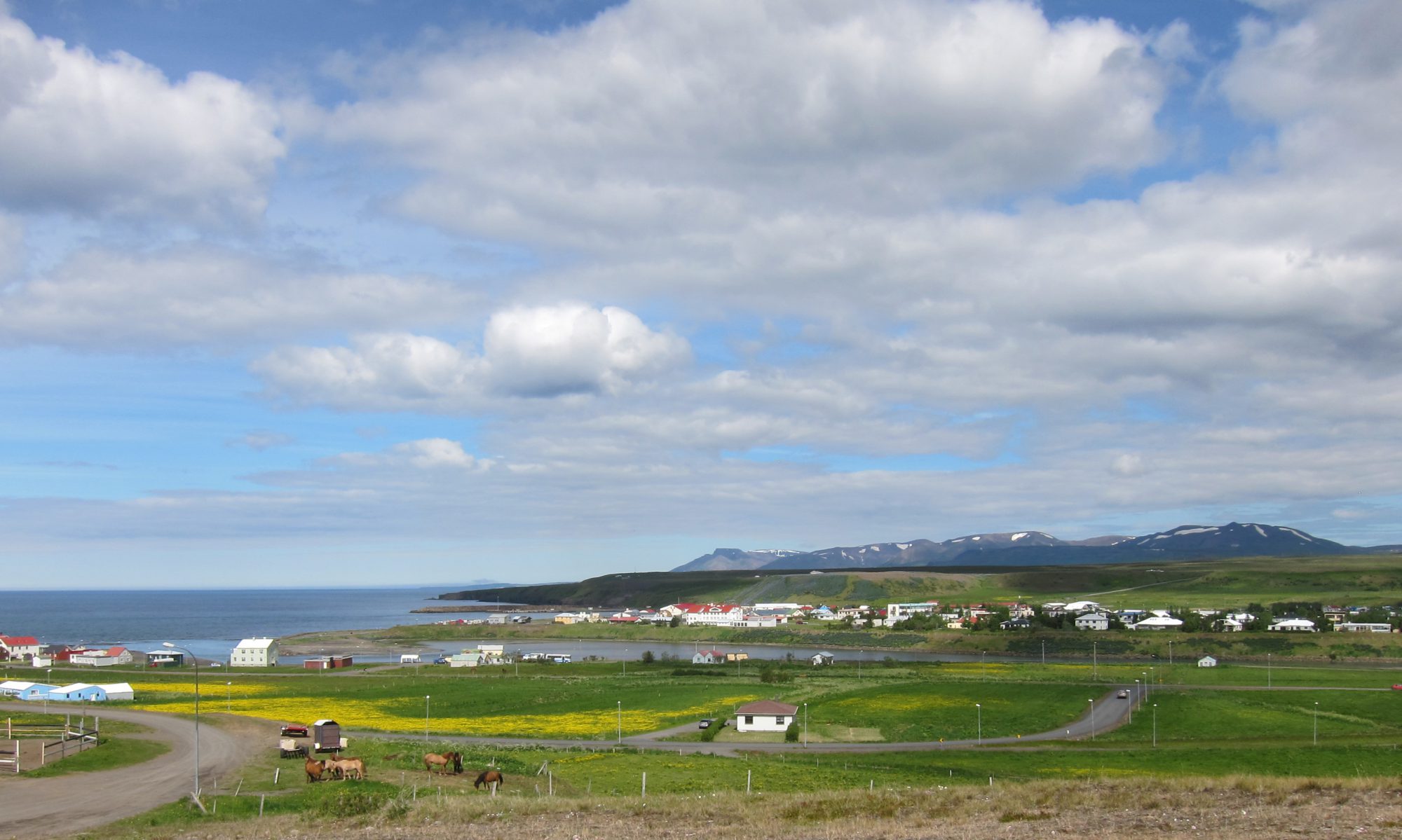Human Connection Woven Through Wool Fiber:
I spent my childhood playing with various materials, collecting what others considered waste—from paper and fabric scraps to sand. I created dolls’ clothes, sand paintings, and temporary toys using dough. These activities, unbeknownst to me at the time, were deeply influenced by my experiences on the farm with my father, observing my mother crafting in the afternoons, and spending summer vacations with my grandmother. Sensory memories of my grandmother preparing food for livestock, surrounded by heaps of dry fodder, and hand-spinning in the afternoons, while I made dolls from twigs, yarn, and fabric scraps, profoundly shaped my future.

This photo was taken during our yearly visit to my Grandmother’s home in Thar Desert, I am just pretending to spinning on her Charkha (Spinning Wheel) (Year 2014)

Anchi Devi, my grandmother, would sit outside the Gahdal (our mud house/living room), an open space welcoming anyone passing by to rest, spend some time, or have lunch. This was her daily afternoon activity.

Everyday Pattu’s: wool blankets with multiple uses—serving as blankets at night, raincoats during rains, and draped clothing during the day.
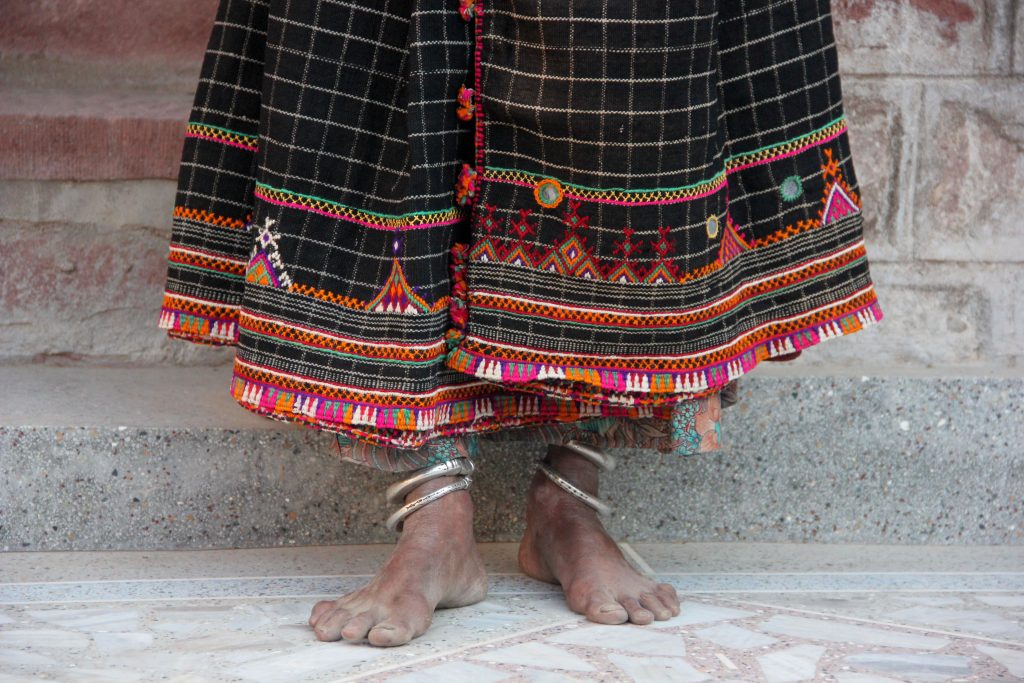
Ceremonial Pattu: Handspun black sheep wool (now rare to find) by ‘Naani’ (grandmother) Anchi Devi, woven by a local weaver in exchange for grains, and hand-embroidered by her for a personal touch. She used bright colors to contrast with the desert browns and bring life to the garment, with motifs inspired by her surroundings.

Photo taken by Vanessa Randall_Using a spinning wheel, a newly acquired skill from the field school, I hand-spun Icelandic black lamb wool.

Here’s my everyday setup for spinning wool 🙂
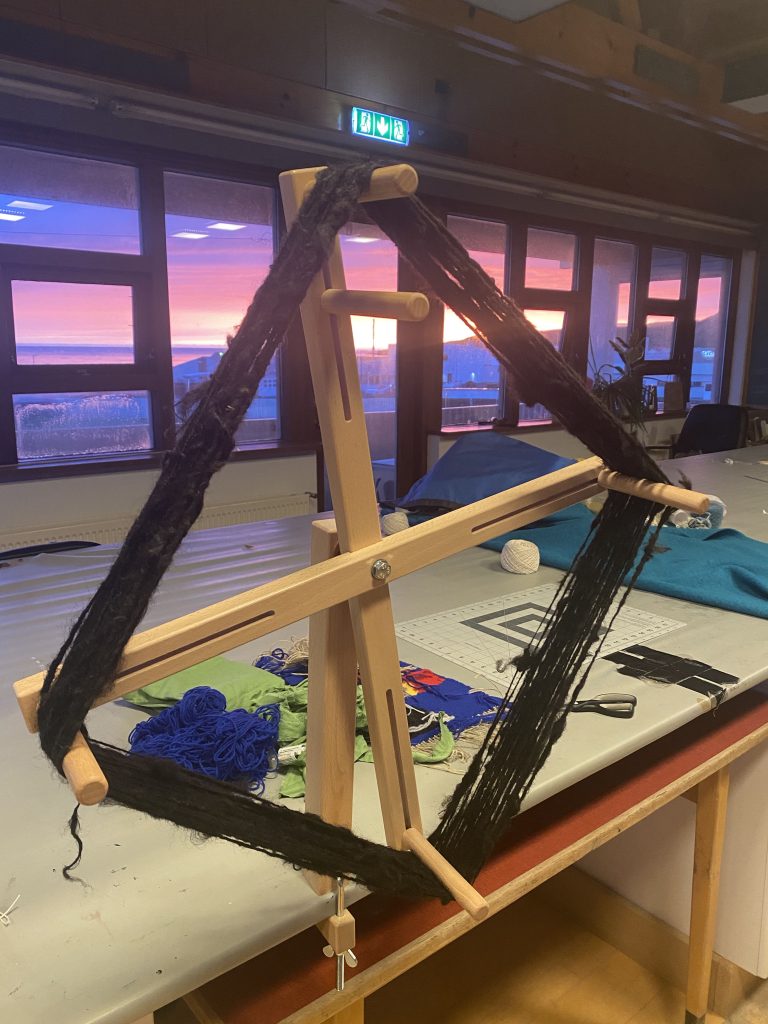
Under the midnight sun, I wind freshly hand-spun yarn.
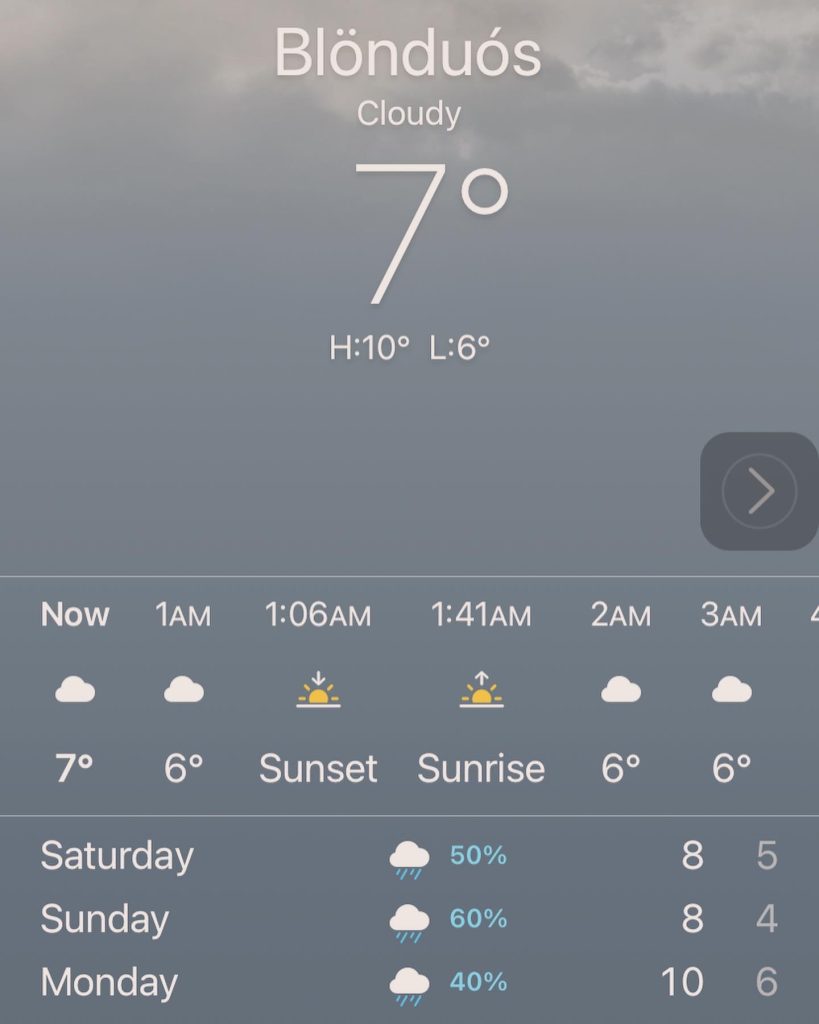
After our evening pool sessions, as sunset gives way to sunrise, my second part of the day begins, eagerly anticipating a midnight stroll to the beach.
Unconsciously, these early experiences guided me towards a career in design. Studying at India’s first design school, NID (National Institute of Design), exposed me to India’s diverse material culture and rich cultural experiences. My projects began to focus on wool and its various applications.
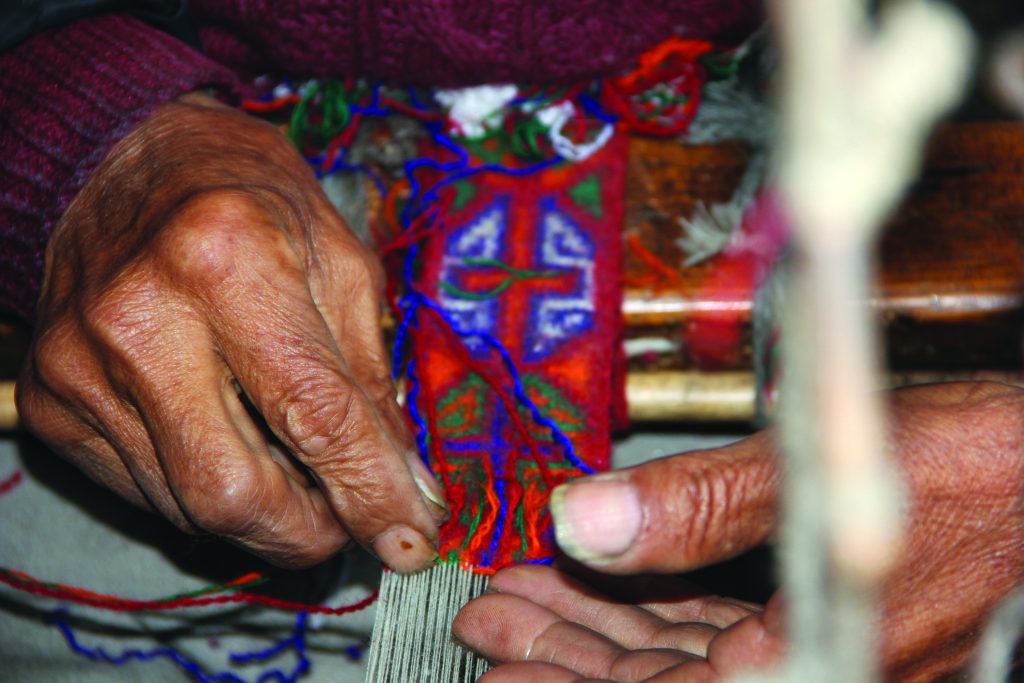
These photos were taken in 2012 during the Craft Documentation module at NID. This time, I have traveled to Kinnaur, Himachal Pradesh, where I discovered a similar connection with fiber. Here, a 90-year-old weaver is seen weaving thin patti (stripes) that can be used as belts or to adorn woven Dhoru (blankets and shawls).
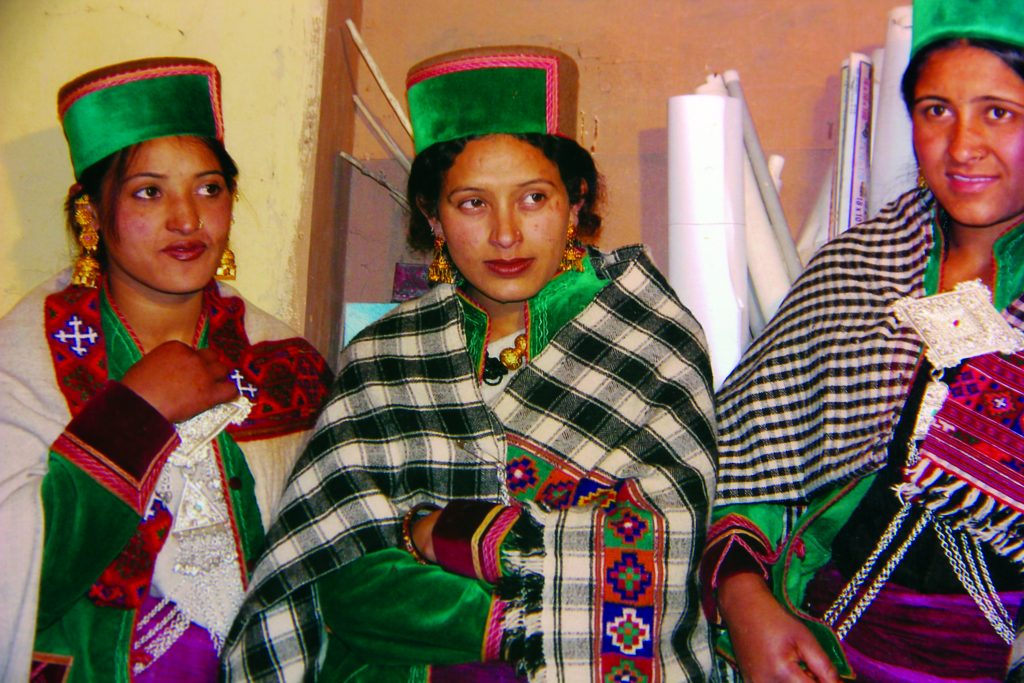
Women adorned in various types of draped Dhoru/Pattu, hand-spun and hand-woven textiles.

Hand-spun yarn and cords.
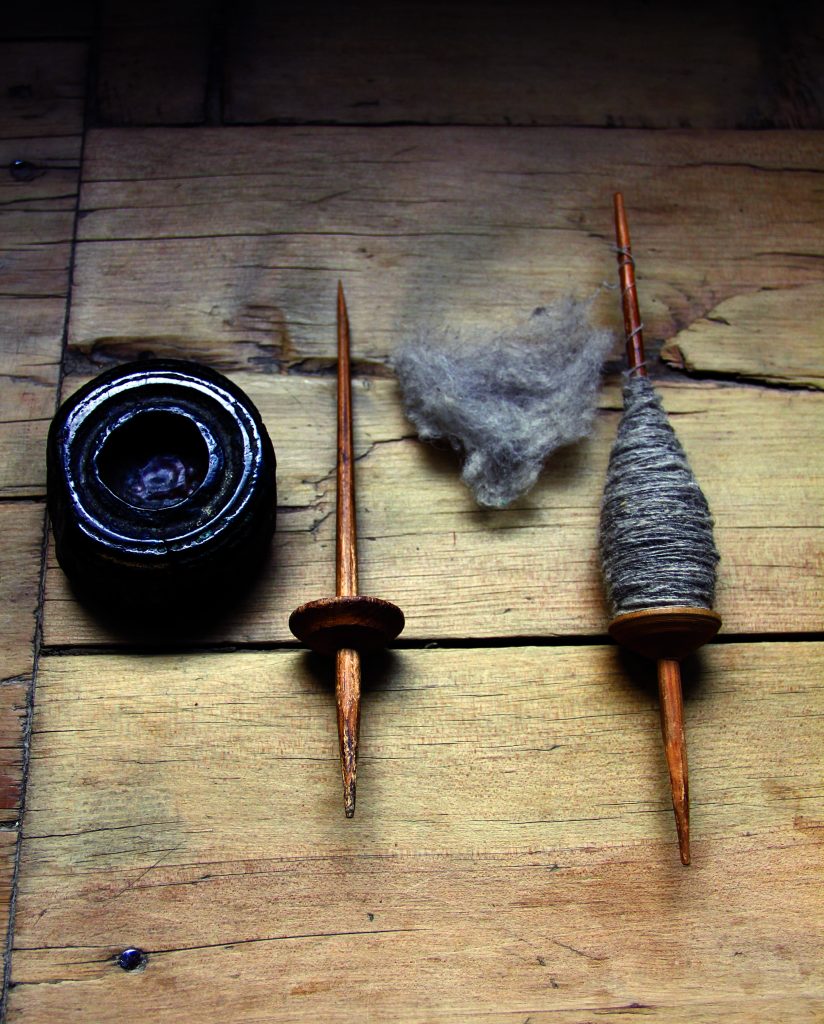
Hand Spun yarn on drop spindle (Sheep and Yak wool)
Now in Iceland, as I explore historical pieces in museums, I’m reminded of my experiences in the desert with textile pieces like Pattu, crafted using narrow pit loom fabric strips joined to form larger pieces. My craft documentation in the Himalayas further emphasized the universal language of working with wool.
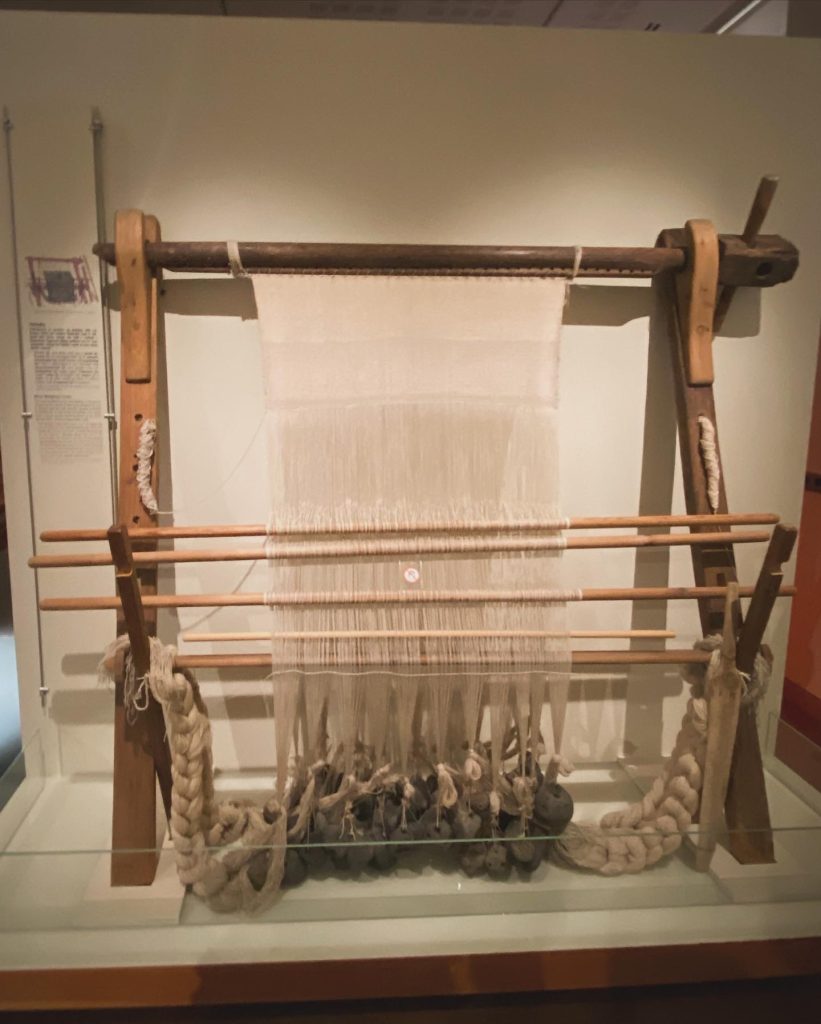
Loom at National Museums in Reyjavik
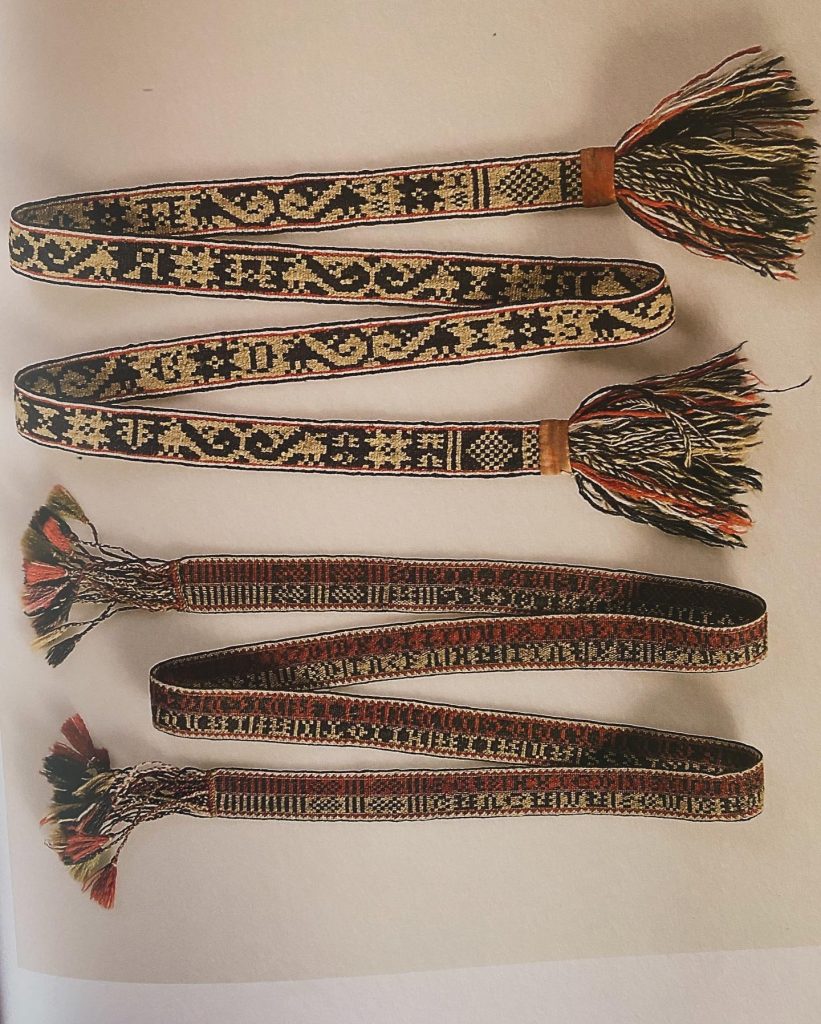
Narrow belts woven on tablet weaving in National Museums in Reyjavik
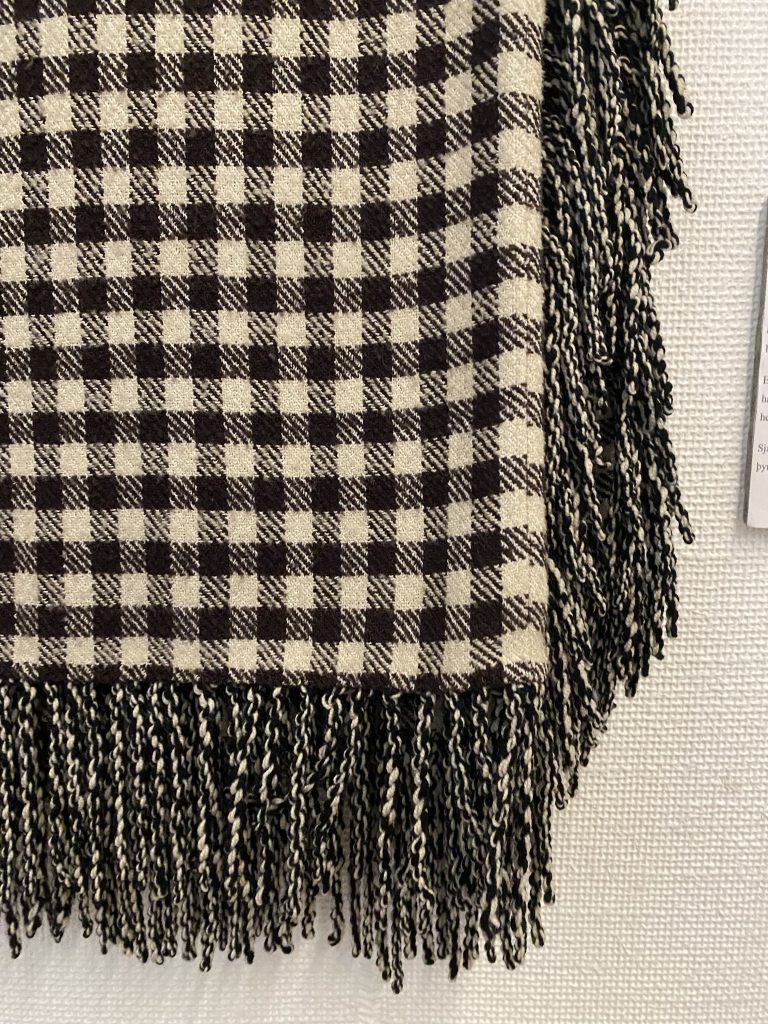
Woven textile from The Textile Museum in Blönduós

My weaving set up during the summer school.
One common thread across these diverse regions—deserts, mountains, and now Iceland—is the use of sheep’s wool and other animal fibers like camel, yak, and horse. These regions share extreme temperatures, and wool, with its insulating properties, anti-dust, flame-resistant, and biodegradable nature, emerges as the golden fiber. This universal material forges a deep human connection, reflecting a shared heritage of resourcefulness and adaptability.
On the Journey to Find Connection with Wool and Sustainability
Pramila
Instagram @pramilach and @projecthandstitch
https://www.behance.net/Pramilachoudhary
01.07. 2024
